Spotted! Are there lots of ladybirds in your house?
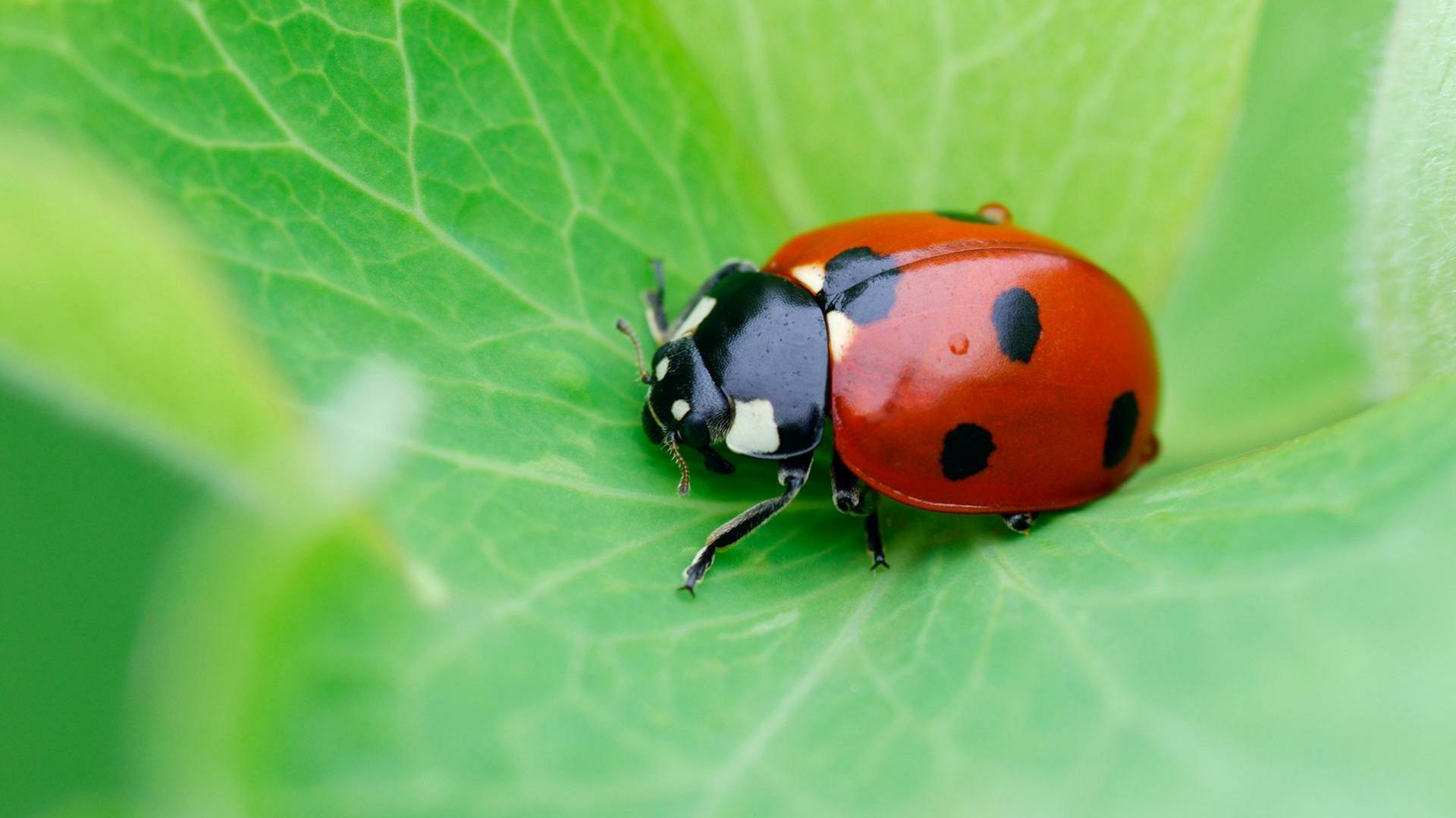
Have you seen more ladybirds recently?
- Published
If you've noticed lots of ladybirds making themselves at home in your house recently, you're not alone.
Searches for ladybirds in Google have increased this month, and some people on social media are discussing why they're seeing more of the spotted insects in their homes.
If you are too, the main thing is not to panic - it's completely normal for this time of year, experts say.
And if you're seeing more ladybirds than usual, it could be down to the very hot summer we've just had.
Have you seen lots of ladybirds in or around your house recently? Let us know in the comments!
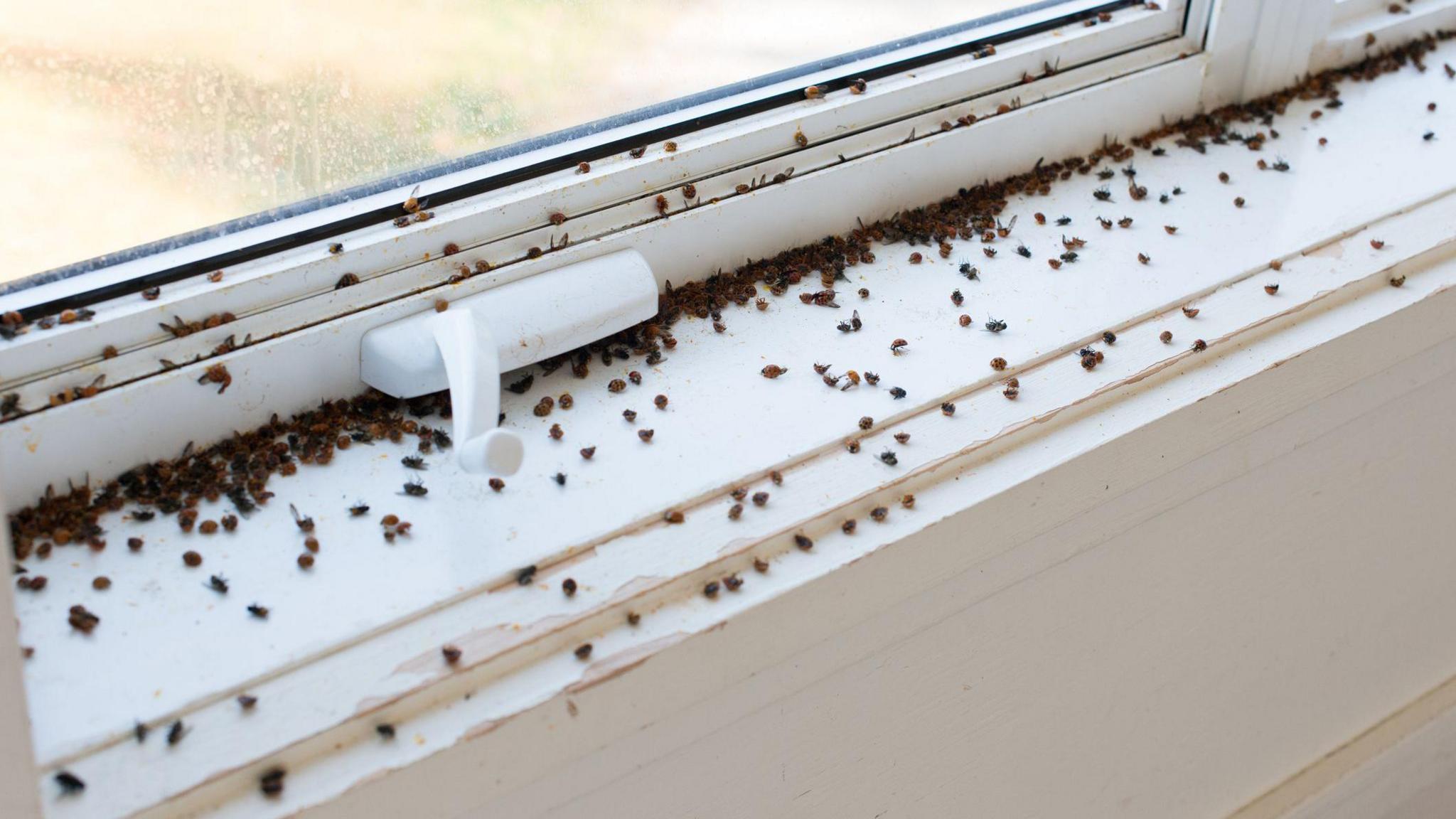
Room for a little one? Ladybirds look for warm places to rest over the winter months, in logs, under rocks, and... in people's homes
More interesting insect stories
Scientists believe insects may have feelings
- Published22 April 2024
Would you eat insects for your dinner?
- Published14 May 2024
Butterfly numbers rise in UK but not by enough, experts say
- Published9 September
Why are people seeing more ladybirds inside at the moment?
We spoke to Dr Luke Tilley, insect expert at the Royal Entomological Society, who said what's happening now is completely normal.
"Ladybirds are looking for a safe, warm place to spend the winter," he told BBC Newsround.
"Just like us, they do not like the cold!"
Luke explained they're looking for shelter from the colder months, and they often gather in groups to find it.
He explained: "It is really common to see them in autumn, especially on sunny days when they are on the move and gathering to hibernate."
Hibernation is when animals sleep during winter to preserve energy.
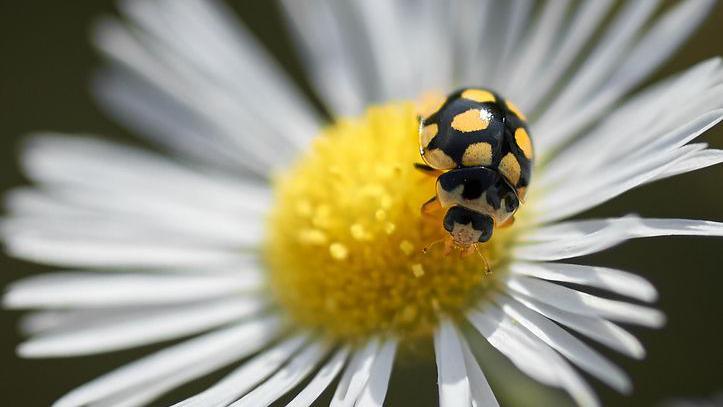
Ladybirds come in all kinds of colours and patterns
Should we be worried about ladybirds in our house?
Absolutely not, Dr Tilley says, as "ladybirds are harmless to people and pets".
He continued: "They are not interested in your food or furniture, they are just looking for somewhere quiet to hibernate."
But if you don't like seeing them in your house, he said you can gently move them outside into a shed or bug shelter.
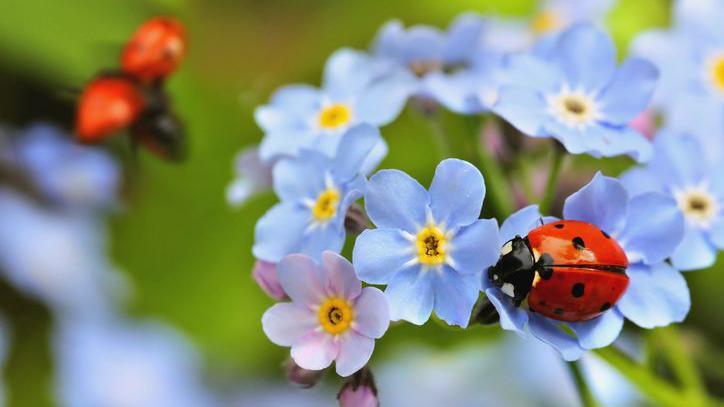
Ladybirds are harmless to humans, and eat plant-killing pests like aphids
Ladybird fact file
There are 5,000 different species of ladybird around the world
The spotted insects are pretty quick - they can reach top speeds of 24 kilometres per hour!
Their bright colours are a warning to other animals that they don't taste very nice, and when they're threatened, they also release a gross yellow fluid from the joints in their legs
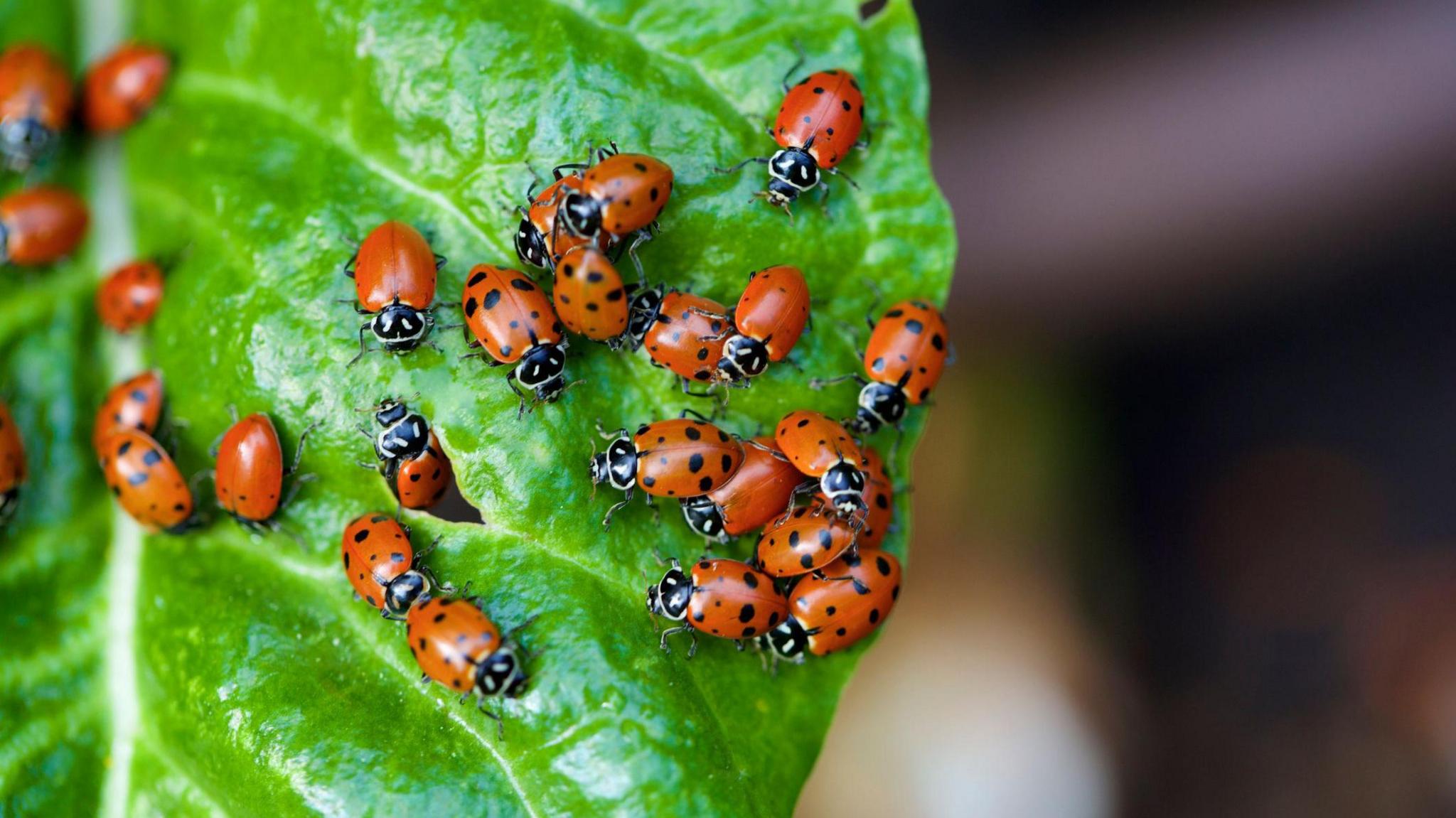
A group of ladybirds is called a loveliness
Why are there more ladybirds than usual this year?
The hot summer we've had has had a big impact on nature this year - from producing very colourful autumn leaves to masses of nuts and berries.
And it's no different for ladybirds.
"Ladybird numbers depend on the weather during spring and summer," Dr Tilley explained.
"Warm, dry conditions help ladybirds find food (like greenflies or aphids) and lay their eggs. That means more young ladybirds (larvae) grow into adults by the autumn.
"So if we had good ladybird weather this year, we might see more of them now."
